This page contains the important physical constants and formulas of physics. Are you having a hard time with physics problems? Solving the problems in physics is not merely the issue of plugging in different quantities in the formula. Once you understand the reason for using the formula – its fun. Solving physics problems becomes fun once you are properly guided. Expert tutors from PhysicsCare can reduce your stress by guiding you with your physics assignments. If you are not sure how to go about finding the answer to a physics problem you are now at the right place. Just contact PhysicsCare and wait for their response.
[If you cannot find what you are looking for – we are sorry 🙁 . This page is under construction! If you have a particular question – please contact us.]
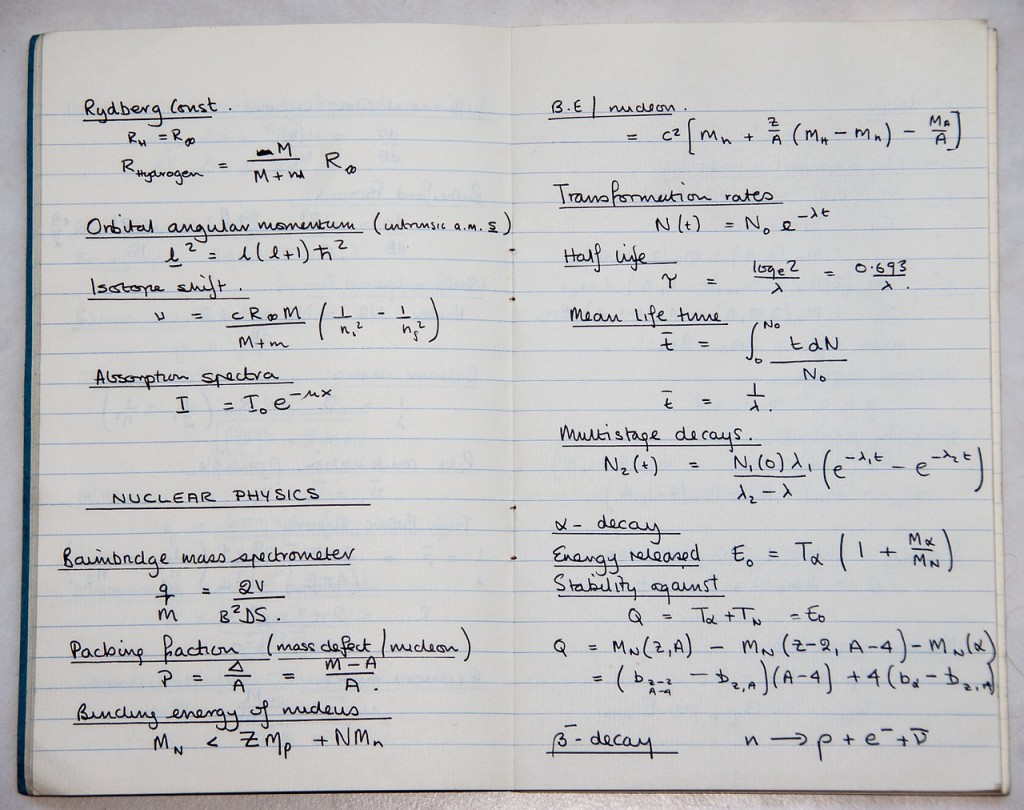
Commonly used fundamental constants and formulas in physics
Values of the fundamental constants and formulas are the inseparable parts of solving the physics problems. We know that it is not always easy to remember all the constants and formulas those are useful. But without the accurate values of different constants and correct formulas one cannot proceed with solving a physics problem. This page intends to gather the most commonly used fundamental constants and formulas on different topics. For the values of the constants we have taken help from HyperPhysics and different other sources.
Fundamental Physical Constants:
This table contains the values of different physical constants used by the experts of the PhysicsCare team in solving the problems.| Quantity | Symbol | Value |
|---|---|---|
| Speed of light | c | 2.99792458 x 108 m/s |
| Planck constant | h | 6.62606957 x 10-34 J•s = 4.13566752 x 10-15 eV•s |
| Reduced Planck constant | ℏ=h/2π | 1.0545727 x 10-34 J•s = 6.58211928 x 10-16 eV•s |
| Gravitational constant | G | 6.67384 x 10-11 N•m2/kg2 |
| Molar gas constant | R | 8.314462 J/mole•K |
| Avogadro’s number | NA | 6.0221413 x 1023 mole-1 |
| Stefan-Boltzmann constant | σ | 5.67037 x 10-8 W/m2K4 |
| Charge of electron | e | 1.60217657 x 10-19 C |
| Rydberg constant | R∞ | 1.097373156854 x 107 m-1 |
| Boltzmann constant | k | 1.380658 x 10-23 J/K = 8.617385 x 10-23 eV/K |
| Permeability of vacuum | μ0 | 4π x 10-7 N/A2 |
| Permittivity of vacuum | ε0 | 8.854187817 x 10-12 F/m |
| Coulomb constant | K = 1/4πε0 | 8.987552 x 109 N•m2/C2 |
| Faraday constant | F | 96485.309 C/mole |
| Mass of electron | me | 9.1093897 x 10-31 kg = 0.51099906 MeV/c2 |
| Mass of proton | mp | 1.6726231 x 10-27 kg = 938.27231 MeV/c2 |
| Mass of neutron | mn | 1.6749286 x 10-27 kg = 939.56563 MeV/c2 |
| Atomic mass unit | u | 1.6605402 x 10-27 kg = 931.49432 MeV/c2 |
| Bohr magneton | μb | 9.2740154 x 10-24 J/T = 5.788382 x 10-5 eV/T |
| Bohr radius | a0 | 0.529177249 x 10-10 m |
| Standard atmospheric pressure | atm | 101325 Pa |
| Wien displacement constant | b | 2.897756 x 10-3 m•K |
| Specific heat of water | cw | 1 cal/g⋅oC = 4.186 J/g⋅oC |
Formula on Mechanics: (under construction)
This table contains the relations commonly used to solve the problems on mechanics.| Expression for | Equation | Remarks |
|---|---|---|
| Average Velocity |  | s = distance t = time |
| Average acceleration | 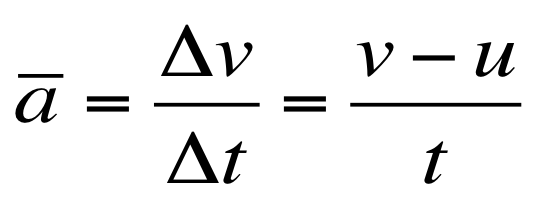 | u = initial velocity, v = final velocity |
| Distance | for average or uniform velocity | |
| Final velocity | One dimensional motion | |
| Distance | 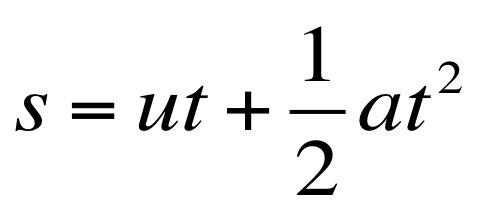 | One dimensional motion u = initial velocity, a = acceleration |
| Final velocity | One dimensional motion u = initial velocity, v = final velocity |
|
| Force | 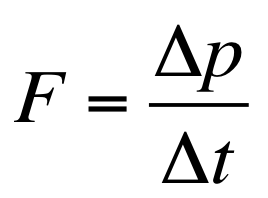 | General formula for force p = momentum |
| Force | 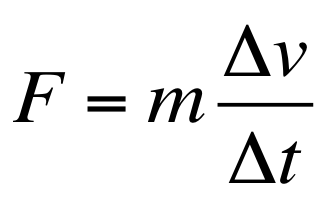 | When mass is constant and momentum changes due to the change in velocity only |
| Momentum | m = mass v = velocity |
|
| Velocity of two bodies after an elastic collision (2nd body at rest) | 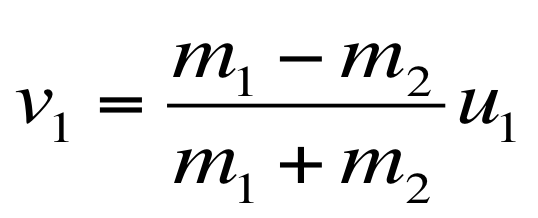 and 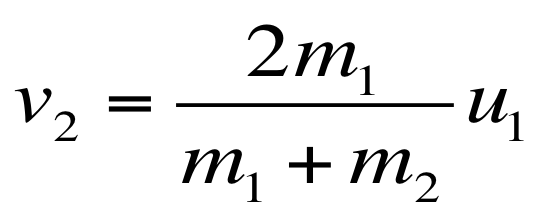 | u1= initial velocity of the 1st body. m1 & m2 are masses. |
| Frictional force (limiting value) | μ = Coefficient of friction N = Normal reaction of the surface |
|
| Centripetal force |  | m = mass v = speed r = radius of the circular path |
| Work | F = Force, d = dispacement; θ = angle bewteen F & d |
|
| Kinetic energy | ||
| Potential energy (gravitational) | Ep = GMm/r2 | g = acceleration due to gravity; h = height above ground; r = distance from the center of the earth |
| Power | W = work, t = time, F = force, v = velocity | |
| Ff=μN | ||
Formula on General Properties of Matter: (under construction)
This table contains the relations commonly used to solve the problems on General Properties of Matter.| Expression for | Equation | Remarks |
|---|---|---|
| Gravitational force | F = Gm1m2/r2 | m1 & m2 are masses; r is the distance |
| Acceleration due to gravity | g = GMe/R2 | Me = mass of earth; R = earth's radius |
| Acceleration due to gravity - at an altitude | gh = GMe/(R+h)2 ≈ g(1-2h/R) | h = altitude |
| Acceleration due to gravity - at a depth | gd = 4πGρ(R-d) ≈ g(1-d/R) | ρ = average density of the material of the earth; d = depth |
| Pressure (of fluid at a depth) | P = hρg | h = depth ρ = density of the fluid |
| Thrust | T = P x A | P = pressure A = area |
| Longitudinal strain | strain = Δl/l | |
Formula on Electrostatics (under construction):
This table contains the relations commonly used to solve the problems on Electrostatics.
| Expression for | Equation | Remarks |
|---|---|---|
| Force between two point charges (Coulomb force) | q1 & q2 are charges; r is the distance; k = Coulomb constant |
|
| Electric field (due to a point charge) | ||
| Gauss' law (integral form) | Qenc = charged enclosed by the Gaussian surface | |
| Gauss' law (differential form) | ρ = charge density | |
| Potential due to a point charge | 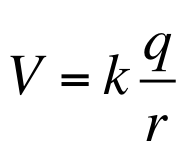 | |
| Electric field and potential | ||
| Poisson's equation | ||
| Laplace's equation | This is Poisson's equation in absence of charge | |